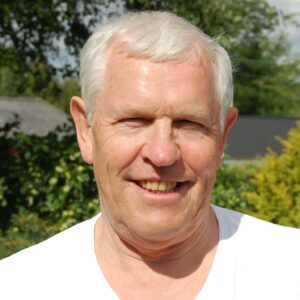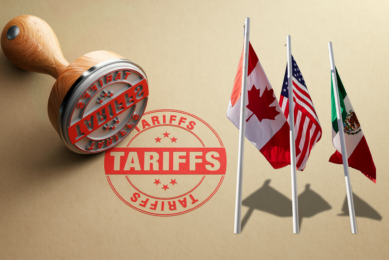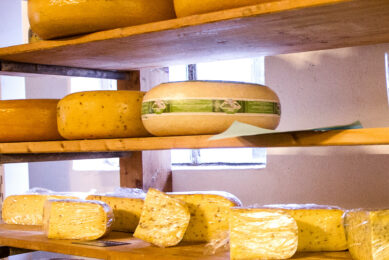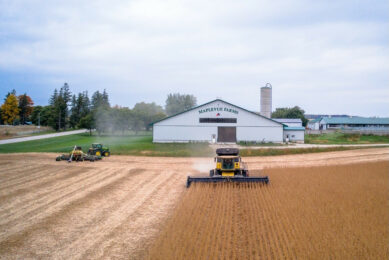Dutch farmer dedicated to improving dairy in Canada
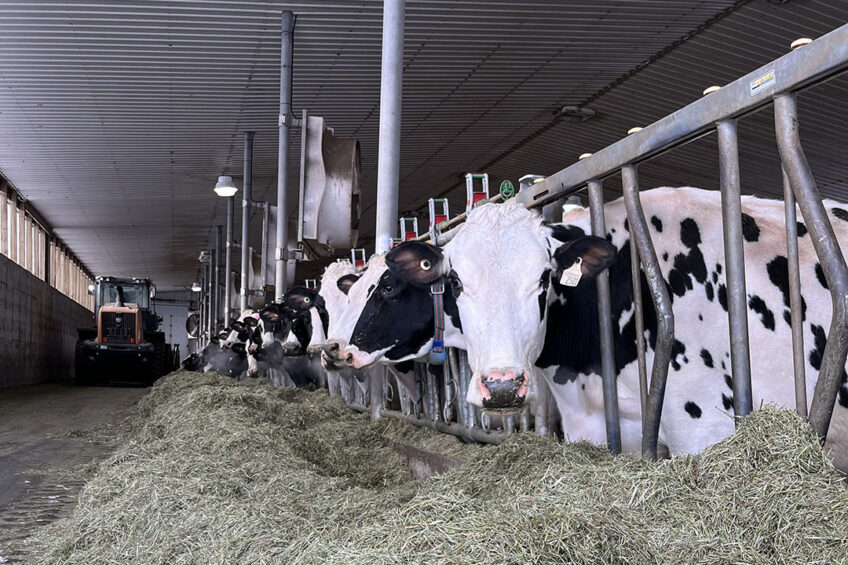
Dutch farmer Gert Schrijver in Alberta, Canada, runs a dairy herd and, at the same time, he is on the board of 2 milk organisations, namely Alberta Milk and Milk Farmers of Canada.
Gert Schrijver, who lives in Stettler in the province of Alberta, is a 52-year-old milk producer and member of the board of Alberta Milk and of Dairy Farmers of Canada.

Gert and his wife Sonja emigrated from Zwolle in the Netherlands in 1994. In Zwolle, the family, together with Gert’s parents Berend and Anni, had proud results as dairy farmers for several generations with a wide range of awards for the highest performing cows. Gert’s older brother Henk also emigrated to Canada in 2004 and they took the name of their childhood home Mars with them. First, Gert called his farm Mars Dairy in 1994 and 10 years later, his brother called his farm New Mars Dairy.
Both brothers followed in their parents’ footsteps and established 2 dairy farms with 400 dairy cows each. In addition to agricultural education, both brothers attended a university in the Netherlands and received a basic education for their later work.
Master dairy cow breeder
Over the years, the brothers expanded their dairy herds and today Henk has approximately 400 dairy cows on his farm and the same is the case with Gert. In 2019, Gert and Sonja’s dairy farm was named Master Breed of the Year by the organisation Canadian Holstein. Then, 3 years later in 2022, it was brother Henk’s turn to be named to the honorable post of Master Breeders, the highest national award given by Holstein Canada to its members. The award is given to breeders with the best production ratio for breeding cows with high production, reproduction and health.
“It’s a lifetime achievement based on genetics, production and longevity. Receiving the award shows Alberta’s dairy farmers can compete both nationally and with the rest of the world,” says Gert.
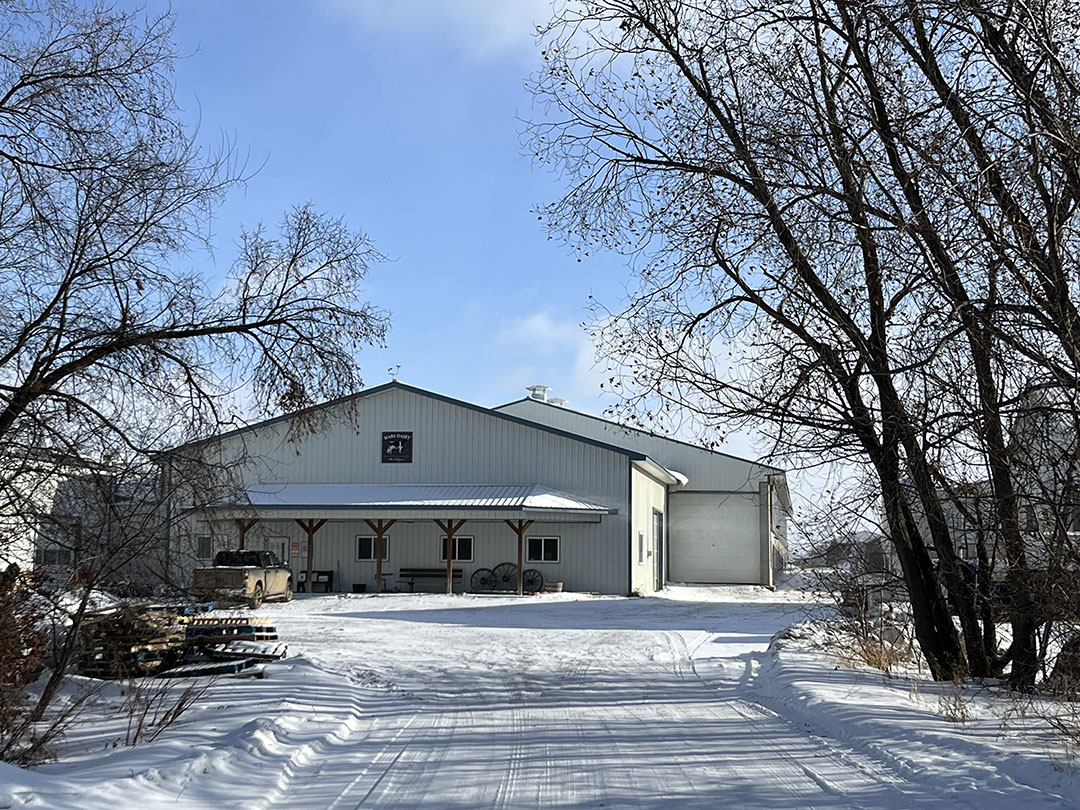
He is no stranger to awards as he has already won the local “breeder of the year” in Alberta in 2009. The whole family has worked towards the Master Breeder for many years before succeeding. But again last year, his herd was also ranked 12th out of over 9,000 dairy farmers across Canada and was ranked No. 1 in the province of Alberta. This despite the fact that Gert is away from the farm 3-4 times a week for meetings, among other things, in Ottawa, a 4-hour flight from Alberta, when he has to look after the job as board member of Alberta Milk as well as Dairy Farmers of Canada.
Schrijver says he is very dedicated to improving the Canadian dairy industry: “It means a lot to me to leave a good industry to the next generation of dairy farmers.” He adds: “Mars Field Holstein is the name of the Holstein cows that have received genes from the Netherlands. And we have actually created a fantastic gene bank in 20 years against a normal lifetime, and I am proud of that,” says Gert Schrijver.
Milk industry – board work
The large milk production is managed on a daily basis by his wife Sonja and 5 skilled employees. It is also necessary, as Gert Schrijver is, as mentioned, away from home a lot.
“I have a vision to bring together dairy farmers across Canada. Sometimes it is difficult to get the farmers to agree, but it is the only way forward if the future is to be secured for our children, so that they stand more united against the authorities and institutions and the government when it comes to the dairy and milk industry,” he said.
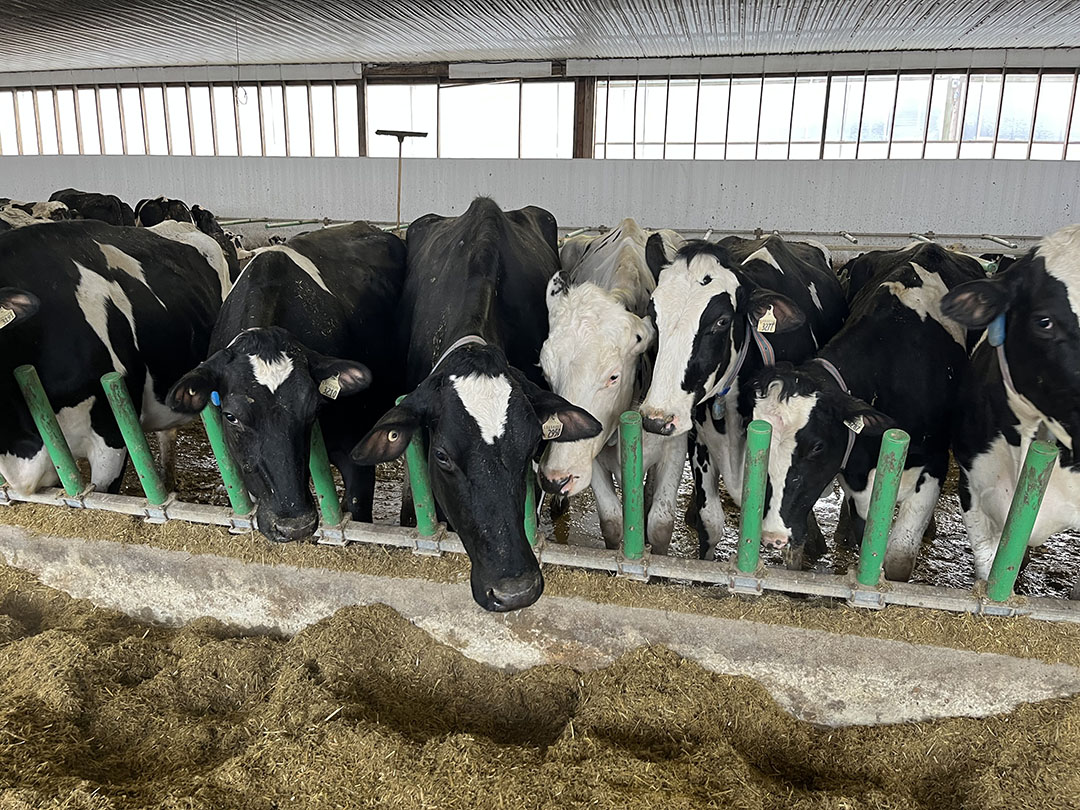
“From Alberta Milk’s side, we in the board (9 elected members) and a representative board of 30 have drawn up some guidelines for the milk producers. This concerns advice, marketing and communication to our members. There are guidelines in some main areas, which include better management of the individual herd, feed optimisation, manure processing, energy optimisation and operation of the fields. In addition, we have prepared some frameworks for the work, which include milk quality, food safety, animal welfare, tracking safety and the environment. All of these initiatives are to improve the earnings of the milk producers in Canada and secure the dairy farming of the future, while the goal is for us to be CO2 neutral by 2050,” says Gert.
The dairy farm and the crew
On the farm, approximately 780 hectares are cultivated. This is divided into 500 hectares of barley, 200 hectares of rapeseed and 80 hectares of alfalfa. The barley is used for silage feed, while the rapeseed is sold and the lucerne is harvested for hay. Barley straw is used for bedding in the stables together with gravel.
“The farm has a dairy herd of 400 Holstein cows. The average yield in the herd is approximately 13,700 kg of milk per cow/year with a fat percentage of 4.2% and 3.1% protein. Currently, the average number of lactations of the herd is 3.6 with 60% 3rd lactation or more and 20% first calvers. Milking is done in a double parallel parlour and takes about 3 hours done by one person. We milk 3 times a day.
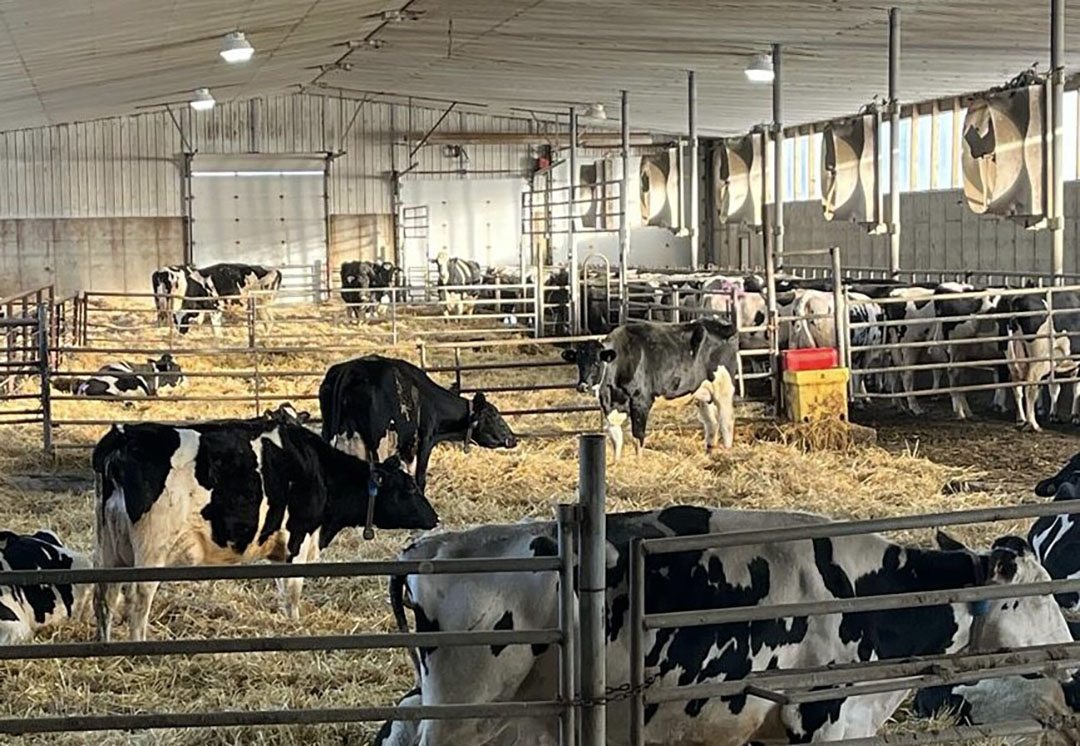
The cows are housed inside 12 months of the year with a lot of focus on cow comfort, sand bedding, rubber alleys and fans with misters,” says Gert and continues: “In the breeding work I have always put more emphasis on the cow’s conformation performance and therefore I have not used bulls with the highest productions and this tactic has proven to give the best result in terms of cow well-being and average performance. The current average lifetime production of the herd is 41.000 kg with 55 % of the herd VG or better.”
“Besides breeding on conformation there is a focus on health traits and kg fat. The bull calves are weaned after two days and we give them milk via a feeding bottle for 14 days before they are sold for fattening. The milk is delivered to a processor nearby and is controlled by the provincial organisation AB Milk and the cell count is currently 70.000,” Gert states.
Join 13,000+ subscribers
Subscribe to our newsletter to stay updated about all the need-to-know content in the dairy sector, two times a week.


